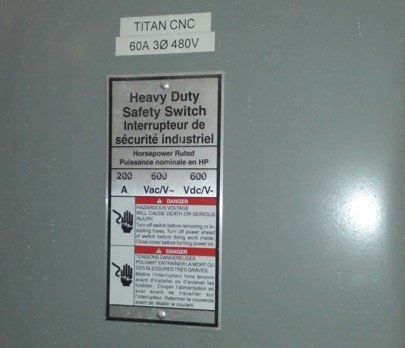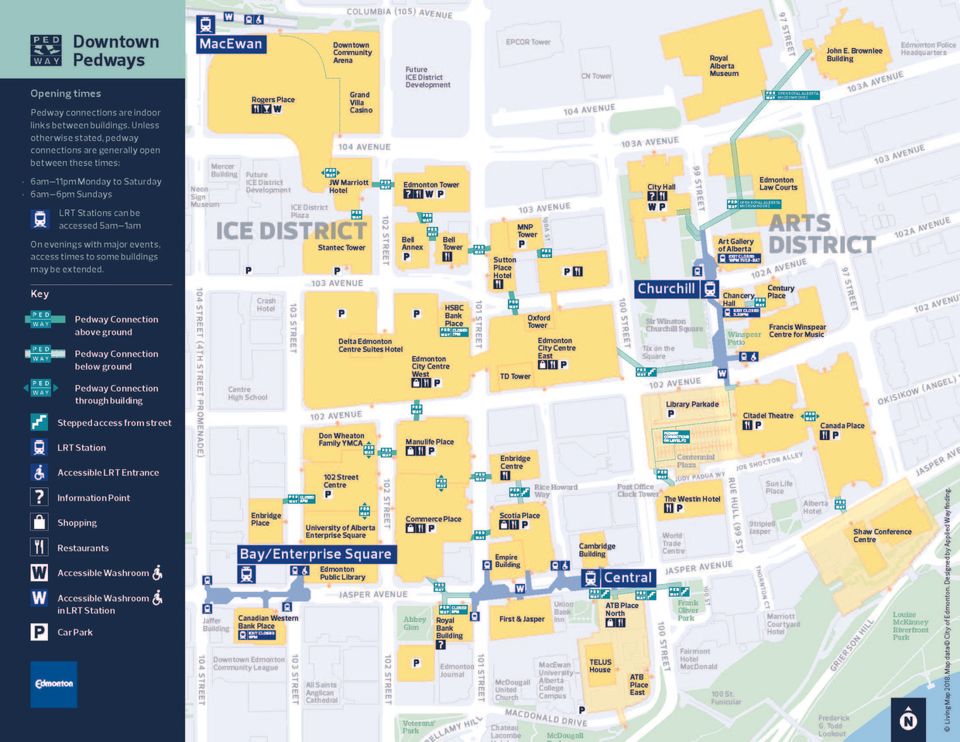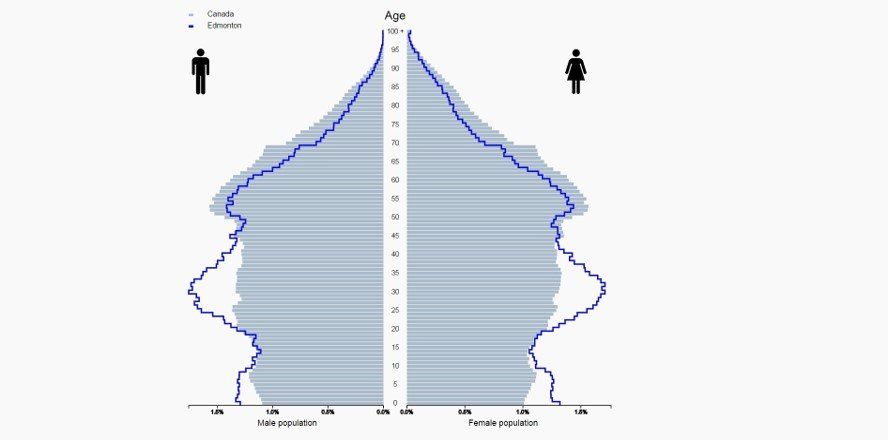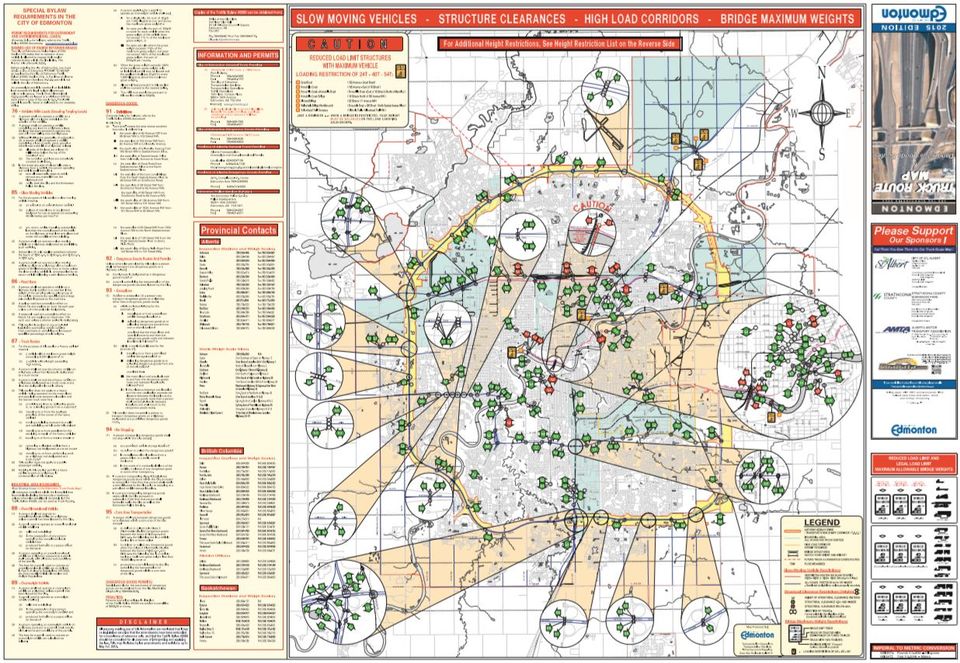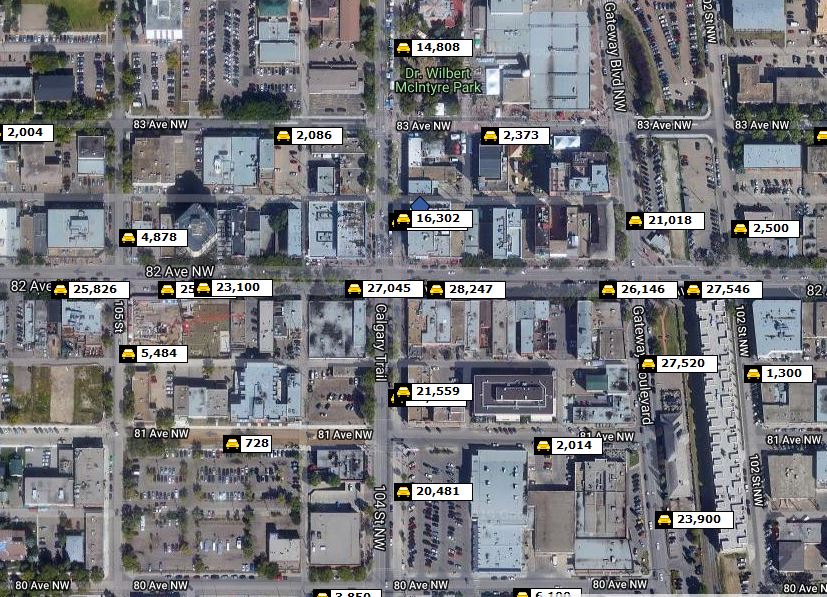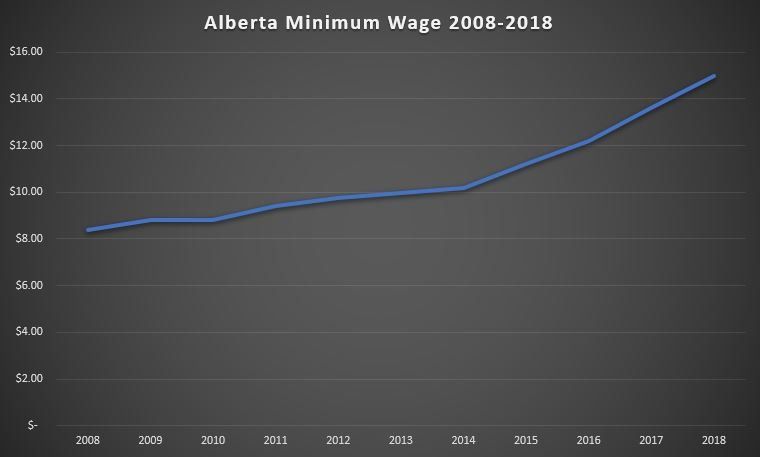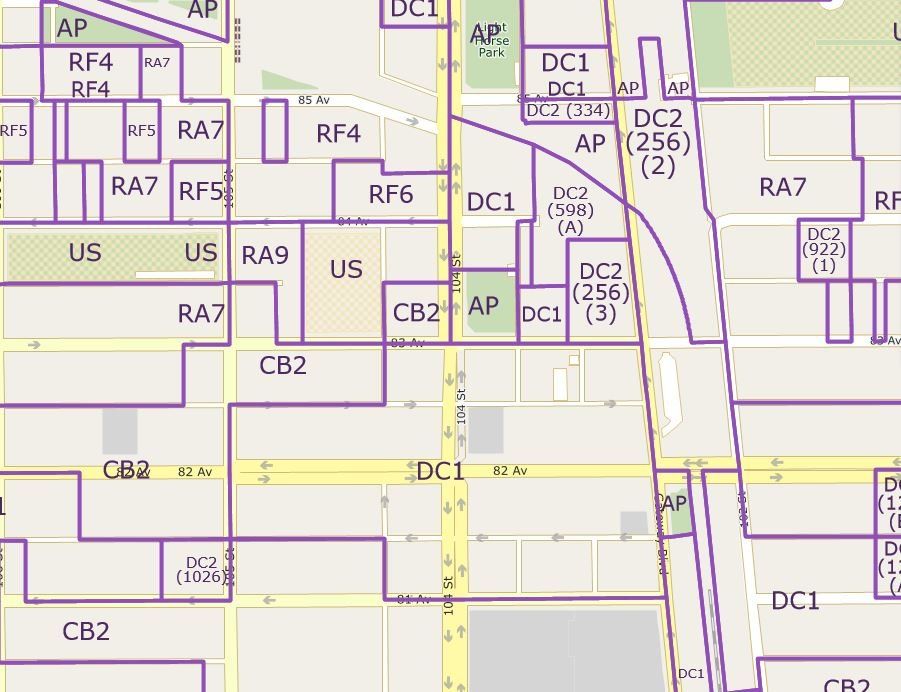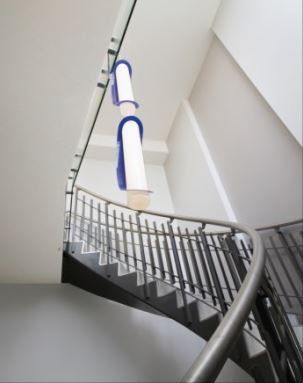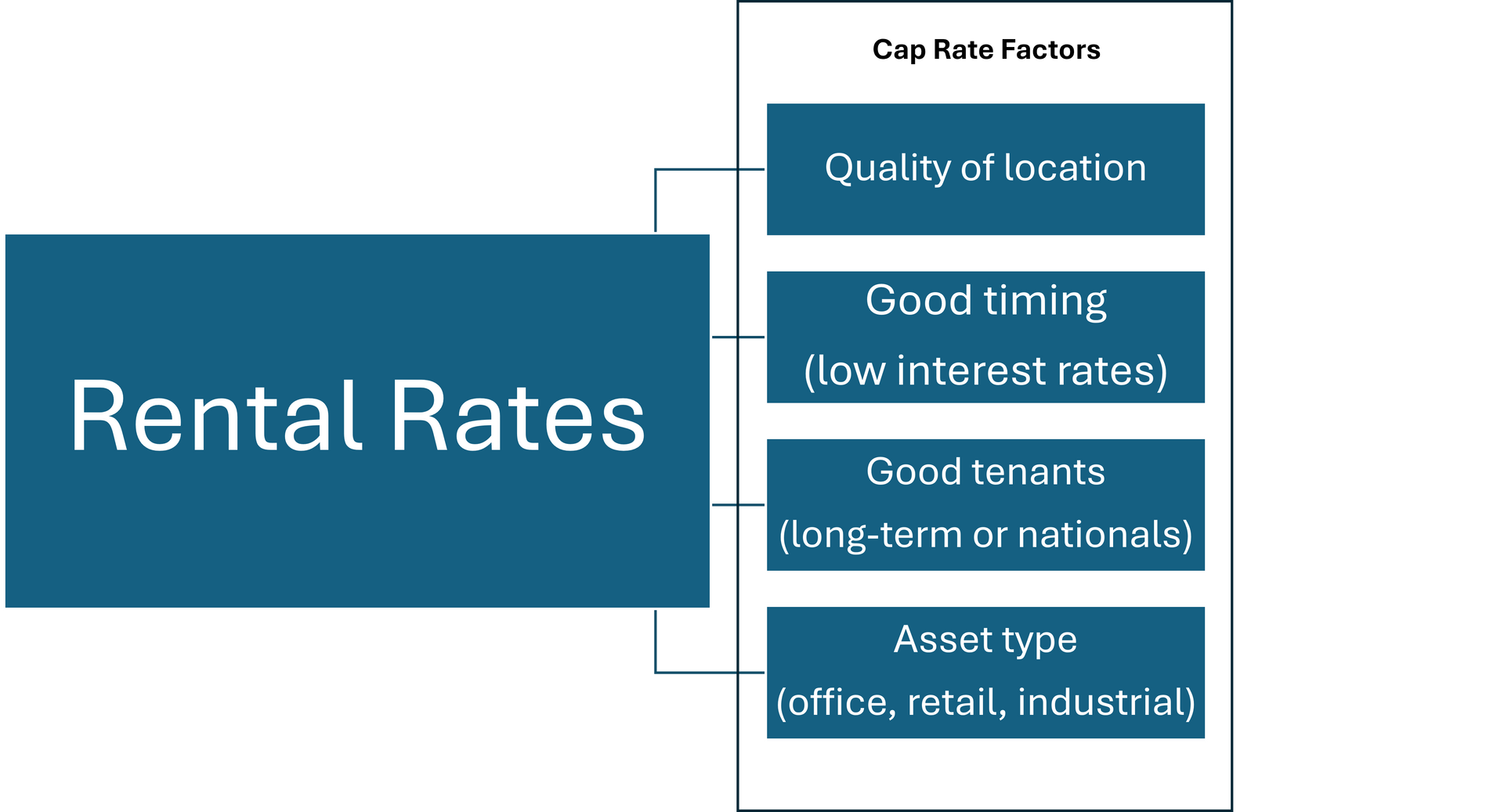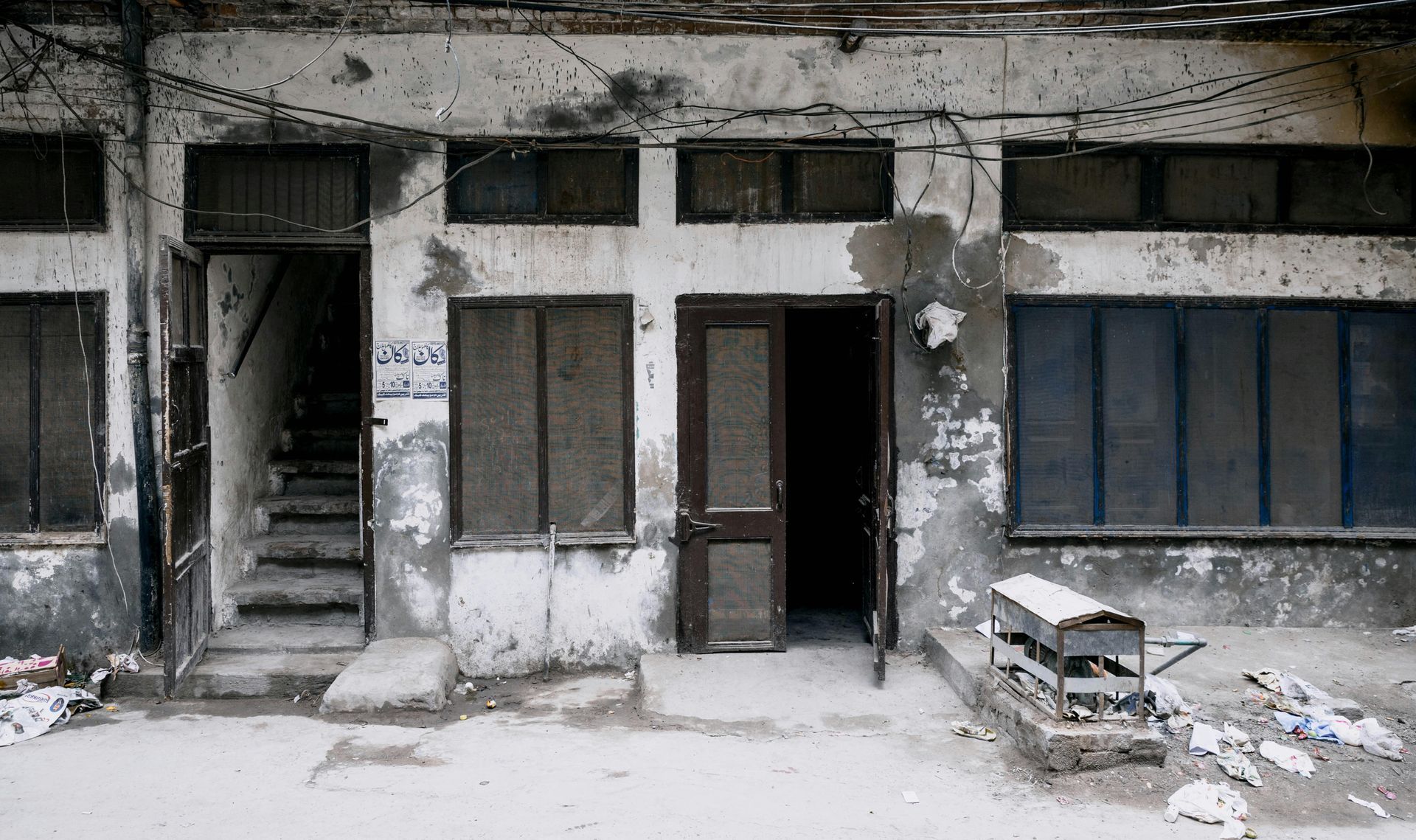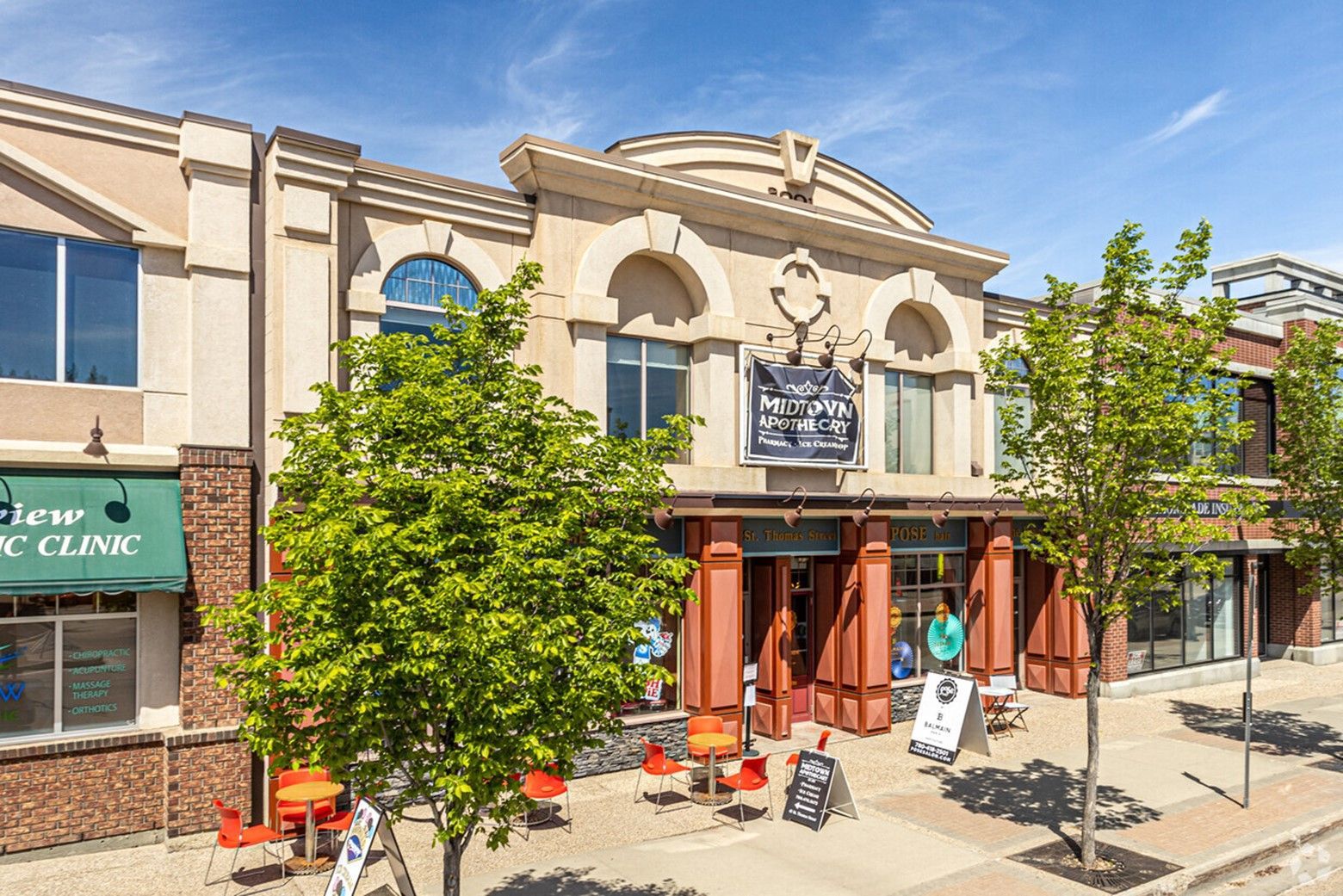Site Selection - Location, Location, Location
Things to consider when looking for your next commercial real estate location.
In the game of Monopoly, there are a few properties that, when controlled, move the balance of power in the direction of the owner. When a player owns boardwalk and park place, they have the game in the bag, and it’s only a matter of time before they win the game.
Depending on the business, the selection of the location can prove critical to the eventual success or failure of the venture.
For retail, the selection of the location can be absolutely essential for success, but, depending on the business, office users, industrial users, developers, and others may be impacted by improperly selected location.
Regardless of the asset class, here are some of the considerations you need to think about when deciding on your next location.
Considerations when Looking for a Location
Size
Size is vital when looking at locations. The space has to work for you, not only today but into the future. When signing a long term lease, you need to have the confidence that your location will accommodate you for a reasonable period of time. Rights to expand to be employed, and they will help your business grow in space provided the landlord has more space available. If you think you may outgrow the location quickly, then you must ensure your lease allows you to sublease or assign the lease to another user. See our article on assignment and subletting here.
If you’re not sure how much space you need for your business, a local tenant rep broker should be able to help you make this determination. There are rules of thumb for office users, here’s a link to a company in the states which has an office space calculator that can help make a rough determination for space.
Building Systems
Building systems are also crucial to your business. For office users, the main concern is usually internet speed. Other building systems may help to reduce operating costs, such as LED lights, but these savings are not typically passed on to the tenant in an office lease.
Some users will require additional services for their business. Car washes will use more water than most other businesses, and a fabrication company will require heavy power. For this reason, it’s essential to independently confirm what services are on site, regardless of what the landlord says is available on site. This will come at a price for the tenant, but it’s better to pay this price to ensure the space will work than to find out that the power is insufficient after you move in. The breaker box will not necessarily tell you if the power is sufficient, know that the number on the breaker box tells you what the rating of the box is, and not how much power is going to the breaker box. When in doubt, you should always contact an electrician or electrical engineer to confirm power.
HVAC capacity is also a consideration for some users. Grow facilities and server farms will require not only substantial power but also ample HVAC capacity to regulate temperature, humidity, and air flow.
Point loading can be a consideration for warehouse users, especially if the product you’re distributing is heavy. The building owner may be able to provide building diagrams or engineering reports that detail the foundations point loading capacity. Without this information, you can get an engineering report to test the point loading of the foundation, otherwise you run the risk of damaging the foundation.
Loading is yet another consideration for various users. Dock loading is most common in distribution facilities and is in increasing demand. It’s next to impossible to find warehouse spaces with dock loading under 4,000 Sq.Ft, so most distribution facilities capitalize on economies of scale. Grade loading is typical in bays as small as 1,000 Sq.Ft. There’s a considerable amount of warehouse and flex space around Edmonton with grade loading.
The presence of make-up air is a consideration for restaurants and auto-body shops. Depending on the type of restaurant, or QSR, it may require make-up air to vent exhaust outside the space. This can come at a considerable cost, so users must be prepared to pay for make-up air if their use will require it.
Some areas of the city also don’t have all services, specifically Winterburn. So if you’re looking at a lease or purchase in this area, you need to find out in advance what services are provided, and details about the septic system on site.
Parking and Transit
Parking can be a significant concern for users. If your employees or your customers can’t find parking, it can be hard to retain them. Some locations do well without parking, any area with high density and good access to public transportation don’t necessarily need parking, in Edmonton, Whyte Avenue and Jasper Avenue are examples.
Good parking also comes at a cost. Areas with above ground parkades statistically have higher crime and will suffer from greater homelessness than areas where parking is underground, or where none is available. Cities like Vancouver have density and transit in place to effectively curb the need for personal vehicles, Edmonton is further behind because of it’s relatively low density and poor transportation, and it’s unlikely LRT projects that are currently underway will lead to much better utilization of city transit.
For some businesses, especially those employing younger people, such as software companies or IT, the need for parking much reduced. This generation is receptive to using transit rather than driving. Digital natives often will tell you that they don’t expect that they will ever need to drive, and assume that services such as Uber and self-driving cars will eventually replace personal vehicle ownership as we know it today.
The bottom line is that parking needs will be partially determined by the demographics of your company, and you may be able to get away with less than you think.
Customers
Who are your customers? Where are they? Are they going to be willing to travel to your location? If your business is dependent on customers coming to your site, you need to ensure they’ll be able to do that. Having a solid understanding of your business, who your clients are, how they find you, and what they have to do to use your services or product, are all key to selecting a location.
Examples of firms that are customer dependent are tax firms, any repair business, dine-in restaurants, and employment agencies.
Labour Pool
The local labor pool is essential. Manufacturing, skilled labor, tech, all these industries require a robust and educated workforce. This is one of Edmonton’s advantages, as we have a high quality of post-secondary education, and there are opportunities for meaningful employment in the city.
Locating your business with your desired employees in mind will help your business attract and retain talent. Without a labor pool that fits with your business, you won’t be able to grow your business and will be handcuffed by employees even if they aren’t a fit.
Demographics
Local demographics can have an impact on your business. Both the labor pool and potential customers will be affected by demographics. Age, income, and a host of other factors must be taken into account if your business is at all dependent on particular demographics. In Edmonton, one of the significant areas where this is a factor is next to any university.
Assisted living facilities will also affect the overall feel of a neighborhood, and change to the profile of what’s in demand, and what’s not.
Edmonton boasts some of the best labor demographics in the country. When compared with other cities, such as Vancouver, Toronto, or Montreal, we have a distinct advantage in the age profile of our workforce. This is due in part to the fact that people come to Alberta to work, and they retire in other provinces.
Competition
Knowing your competition can be critical to survival as well. I once worked with a QSR user who wanted to put his business in a location with four competing concepts within a block. I pointed this out to him, and he assured me he would put them all out of business.
If you don’t know who your competitors are, where they’re located, and how their operations compare to yours, you’re not ready to pull the trigger on a location.
Strategic Partners
Just like you want to know where your competitors are, choosing a location that has neighbors with synergies can make or break your business. If you’re dependent on specific suppliers or if you do a lot of business with a particular firm in a different vertical, you may want to locate your business with them in mind.
I’ve seen some firms co-locate with each other in the past if there’s a particular relationship that has value to both parties. These are extraordinary circumstances, but if you have “partners” in other firms, it can be worth discussing the possibility of sharing space or locating your business in a place that works for both parties.
Infrastructure
Infrastructure can be critical for various users. Access to dangerous goods transport routes, rail spurs, or proximity to intermodal transportation is key to many industrial and distribution users.
When buying land, you must understand the local infrastructure and services on-site. If the property lacks services, they will have to be brought in at additional cost. There may also be off-site levies that will have to be paid as the land is developed as well.
Major projects may also affect your site, with the new LRT developments, the city has expropriated several properties for the project. If you’re an investor and your site may be on a future transit line or affected by another major project, you will get a better payoff if you exit the property sooner to avoid a payout by a municipality.
Exposure
Visibility can be important if your business benefits from walk-in traffic. QSRs, barber shops, salon services, all benefit from the urban street front and high exposure locations. If the site you have itself has poor exposure, there is a possibility you can make up for this with signage or advertising. Paying more for a high exposure location may seem like the wrong choice for your bottom line, but the reality is that the exposure will save you in advertising dollars on an ongoing basis.
With destination services, where you don’t need exposure, then you probably don’t need to be paying for it. Medical users, or specialty services such as tattoo artist or electrolysis, won’t have a lot of benefit from having exposure.
Vehicles per Day
Vehicles per day (or VPD) is often a decision point for many retail users. Many franchises and corporate locations will require a minimum traffic requirement to consider a location. Statistical data is available from municipalities.High traffic count and high visibility, again, reduced the need for other advertising.
Another traffic consideration is what side of the street you’re on. Urban street front is better if it’s South facing because pedestrians are more likely to walk (or sit in a patio) on the sunny side of the street. The commuter’s direction of travel should be considered as well, liquor stores are well advised to locate on the right-hand side of the road on a commuter’s drive home, so they are an easy right turn into the plaza and another right turn to get out. Daycares must also be mindful of accessibility to parents to and from work.
Legislation
Legislation can affect business. Federal regulations may affect certain users if there’s a concern about a health or safety risk to the public. Environmental law may interfere with the operations of particular users, so it’s vital to have a strong understanding of legislation before entering into a lease agreement, or worse, purchasing a building for your business.
Tax
Unfortunately, in Edmonton, taxes can be a determinant in selecting a location. Many larger industrial businesses are locating and relocating outside of city boundaries to avoid high municipal taxes. This has been to the advantage of Parkland Count, Leduc County, and the airport, where taxes are lower, and the counties make it easy to do business.
If you have a large facility and lean margins, this can be key to ensuring long term success, which is why so many large industrial businesses are leaving Edmonton.
Local Wages
Local wages affect all businesses. Changes in the minimum wage and industry pay standards in a particular location will all affect the bottom line for a lot of companies and can inform where in the country firms choose to locate. Many industries are moving towards increased automation, so if this is the case with your business, then you may not be as affected by the cost of labor.
Zoning
Zoning in Edmonton may be best described as a “barrier to entry,” with the high cost and long term timelines to get permits. The city has made some right steps towards making this process more user-friendly, but overall, the city still requires too much control to allow for real nimbleness and flexibility on the part of business owners.
Every commercial real estate agent in the city has lost deals on account of stringent city policy around zoning and development permits. Each one of these lost deals equals a missed opportunity for a business owner and the local economy. Each lost opportunity loses the city money, time, employment, and sends a message that the city of Edmonton is not open for business.
With that said, the process can be simple, provided your use fits the city’s guidelines for your intended location. With the slightest variance, it can literally set you back months.
Cost
Commercial real estate has a price, and this cost will go up or down depending on the location and the site. Some users will try to reduce their costs by lowering their real estate expenses. If the price is considered in isolation, and you overlook the other factors in this article, then such priorities will only harm the business. The location as an integrated whole must make sense. Cost is never the primary issue, and if everything fits and a deal makes sense, then it’s a good deal. Cheap is not the best.
You
And finally, you!
The location has to be an overall fit, and the deal has to make sense for you, as the decision maker. NO site is ever perfect on every metric, but by systematically using these guidelines, and prioritizing what’s most important, you will make the right decision.
Have questions? Contact usto learn more.


